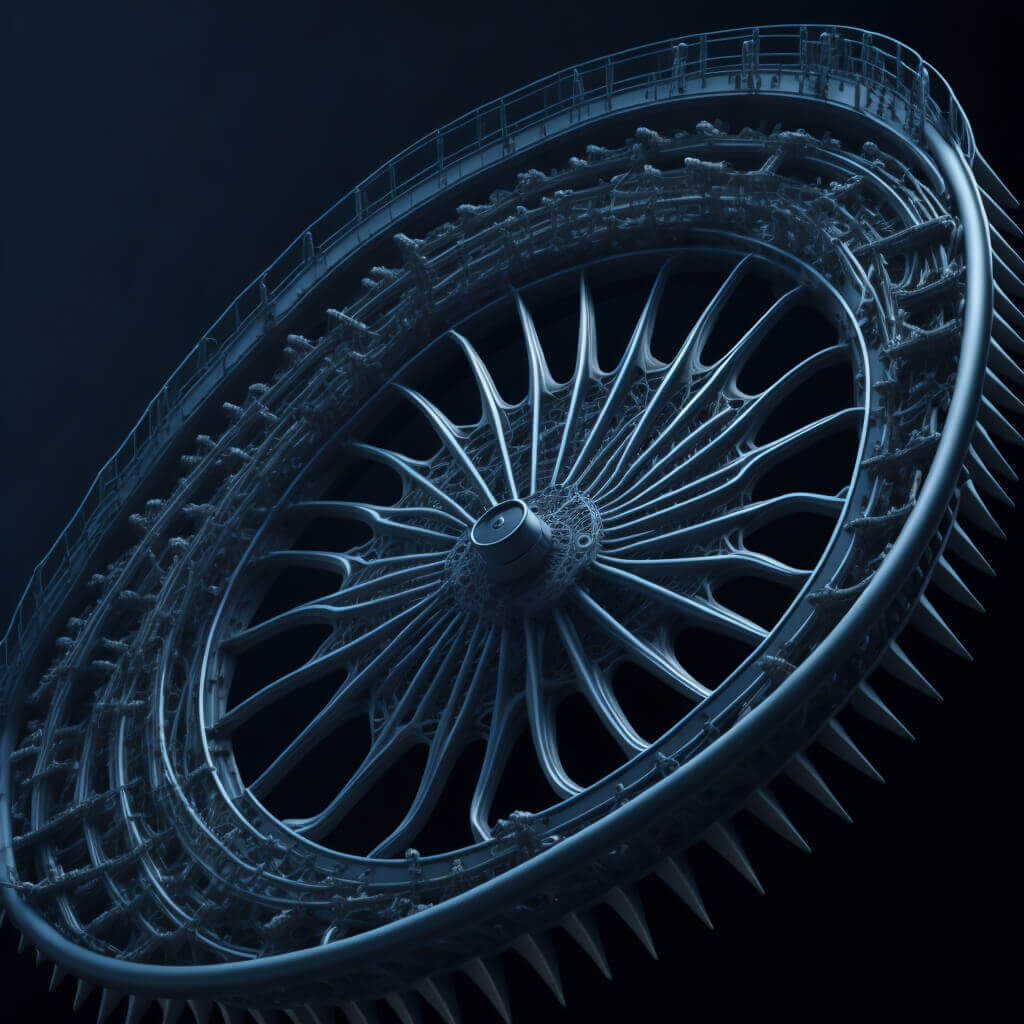
The Mini Conveyor Using Geneva Mechanism
Introduction
The Geneva mechanism has long been a cornerstone in the world of mechanical engineering, renowned for converting continuous circular motion into fixed, step-by-step circular motion. This article delves into an innovative application of the Geneva mechanism in the realm of automation lines: a mini conveyor system that moves products at precise time intervals.

How It Works
The mini conveyor using Geneva mechanism consists of a motorized disc that drives a Geneva wheel. This wheel is connected to rollers that are mounted on a conveyor belt. As the Geneva wheel rotates at regular time intervals, it drives the conveyor belt, moving products along the belt at equally spaced intervals.
Components
- Geneva Wheel: The heart of the mechanism, responsible for the step-by-step motion.
- Rollers: These support the conveyor belt and are driven by the Geneva wheel.
- Disc: Motorized component that drives the Geneva wheel.
- Conveyor Belt: The surface on which products are moved.
- Supporting Frame: Provides structural integrity to the system.
- Joints & Screws: Used for assembling the various components.
Advantages
- Regular Motion: The Geneva mechanism ensures that the conveyor belt moves at regular intervals, making it ideal for automation lines that require precise timing.
- Efficient Automation: The system’s ability to move products at fixed intervals increases the efficiency of any automation line it is integrated into.
Dimensions
The dimensions of this mini conveyor system are 30 x 20 x 12 centimeters, making it compact enough for most industrial applications.
Conclusion
The mini conveyor using Geneva mechanism is a game-changer in the field of automation. Its ability to provide regular motion and efficient automation makes it a valuable asset for any production line. With its compact dimensions and robust design, this system is poised to revolutionize how products are moved in various industries.
In order to download the PDF, You must follow on Youtube. Once done, Click on Submit
Follow On YoutubeSubscribed? Click on Confirm
Download The Mini Conveyor Using Geneva Mechanism PDF






